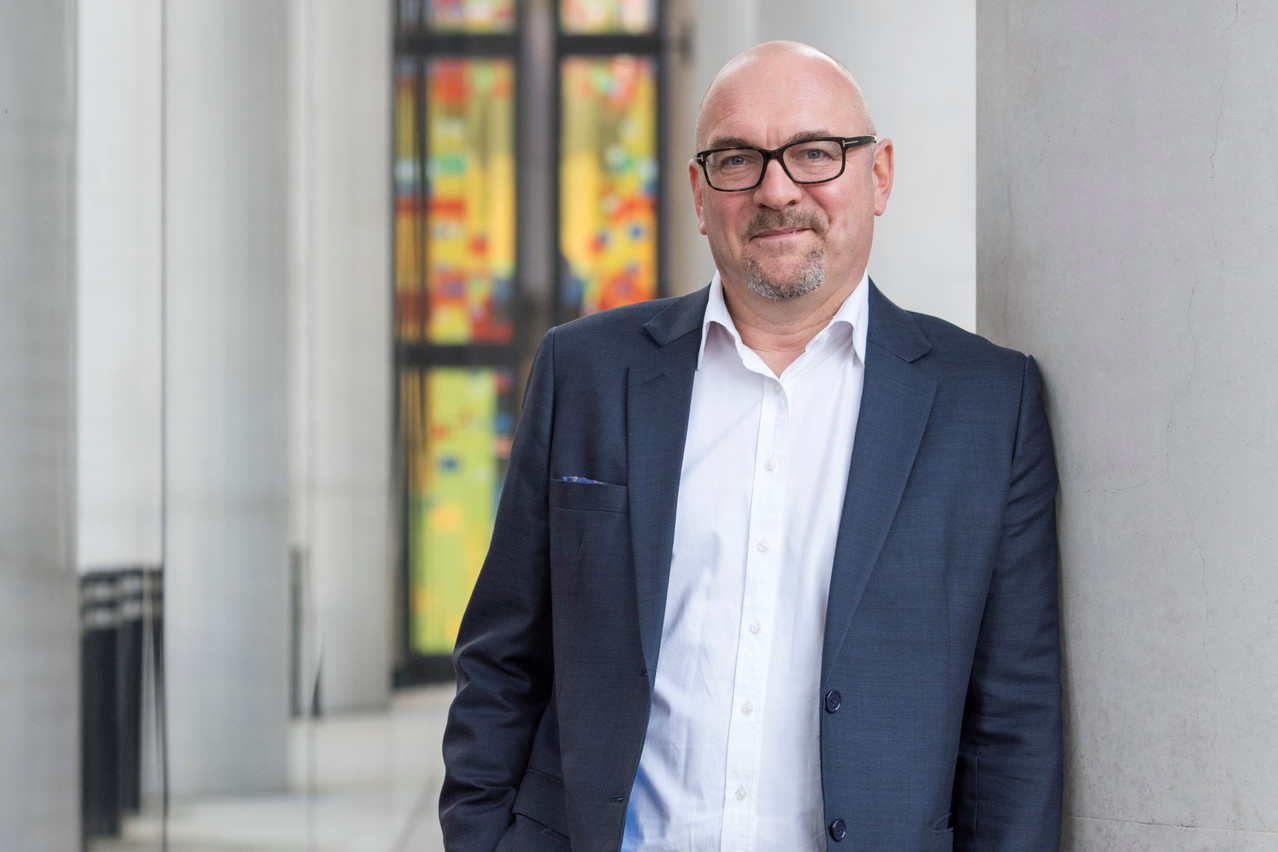“Unequivocally, everybody's bullish on equities,” said Iggo. He thinks that such a broad-based view is driven by Trump’s pro-growth policy agenda to cut corporate taxes and to deregulate.
Iggo believes that the combination of 2.5% growth and inflation in the US next year, resulting in a 5% growth in nominal GDP, could “probably sustain” the current expectation that the S&P 500 can grow earnings by 14% in 2025.
On European equities, Iggo keeps a positive perspective despite a lower nominal GDP growth than the US. Starting off from a “much cheaper valuation,” he thinks that the 4% dividend yield should largely compensate if companies are unsuccessful when it comes to delivering the consensus, which targets around 8% in earnings growth. He admitted that a lot depends on policy and political uncertainties in Europe.
If you’re worried about valuations, Iggo considers the European equity market as a value call with less volatility than with US techs.
US equities: many red flag signals
Iggo noted that the S&P has returned back-to-back years of more than 25%, something he thinks has happened only on three or four occasions in the last 40 or 50 years. Not surprisingly, he noted that the 12-month forward price-to-earnings, an equity valuation metric, is at the top its 20-year range for the US whereas markets “almost everywhere else are kind of middle of the range.”
Moreover, he remarked that the currently stands at 30X, a level reached only twice in the last 20 years or 30 years: 1999/2000 and the end of 2021, just before the central bank started to raise interest rates. “It doesn't necessarily mean there’s going to be a market crash, but the US market is super expensive.”
He also commented that the earnings yield (inverse of the price-earnings ratio) offers no premium over the 10-year treasury yield. “Historically, that’s been a bit of a red flag for equity markets to go through some kind of adjustment.” Referring to research on a consumer confidence survey from an investment bank, Iggo noted that consumers were asked about their equity market expectations over the coming year. “It was off the charts.”
A shock or a disappointment on growth must happen
Despite all of Iggo’s warnings about a formation of an equity bubble in the US, he stressed that AxaIM is “overweight equities, and within that, it is overweight the US… as 2025 should be another year of decent return for equity and fixed-income markets.”
Iggo commented that portfolio construction is determined by the investors’ time horizon, their risk tolerance and by liquidity considerations. Despite his warnings on valuation, he believes that a strategic asset allocation with a medium-term view “tends to lead to being exposed to growth equities.” He defined the latter as US equity market plus equity market feeding into the US technology infrastructure, such as companies in Taiwan.
